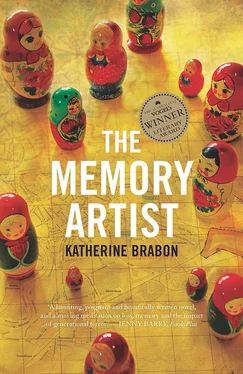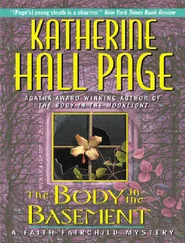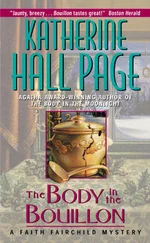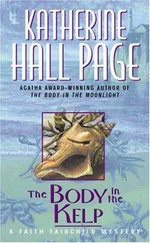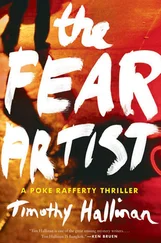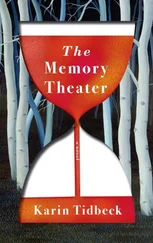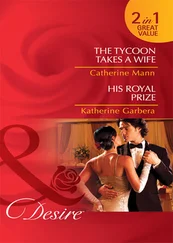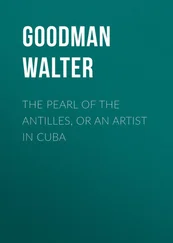Ivan put his hands together, as if in prayer. She has spoken, he said, winking at me.
There was a firmness to Ivan, as if some strong force—pain or art or something—emanated from him.
Oleg told me that Ivan’s paintings were well known for being in the notorious Manezh Exhibition that was shut down by Khrushchev in the early 1960s. The art was slammed for being too nonconformist .
They just drove us underground! Ivan hit the table almost gleefully. Ah, the times we had!
When Oleg and Ivan began to reminisce about Moscow under Khrushchev and Brezhnev in the sixties, I thought of Ilya, how he would’ve loved to hear the stories that mirrored our own. The underground concerts, tickets for four rubles each, made from small postcards with stamps of animals, scrawled with the address of the concert—the only way such events could be advertised.
Remember poor Yuri Ayzenshpis, said Ivan, raising then knocking back a drink. All those concerts he organised for us, and then he got eighteen years.
His words reminded me of the kitchen table gatherings in our apartment when I was young, when disappeared people became a name attached to a measure of time sentenced to a camp. And I had another feeling from childhood: the sense of a lesser knowledge, of not quite seeing what it was they knew. It was as if their experiences made those dissident uncles and aunts, the zeki , the native speakers of a language that I had only learnt through years of study. I was watching the witnesses, in a way, trying to learn things I hadn’t seen. And as they spoke that language, I missed the nuances, the barely perceptible cadences never truly captured in words.
Later, as we drank tea, Oleg brought out a couple of maps. Running his thumb over the paper, he described our proposed trip. I watched them, Oleg, Ivan and Susanna, as they pointed and murmured, noting certain places and names. I wondered about the territories they saw, places somehow beyond the paper and beneath the printed lines.

The next morning, I took a walk alone in the city, leaving Oleg to pay visits to a few old friends he was quietly keen to see. The Neva River drew me towards it. I crossed a bridge from Vasilyevsky Island and reached the Winter Palace. I was content to look at the exteriors of those grand buildings, feeling some aversion to the organised history inside them. The pastel-coloured facades, mint green, white, yellow, made me think of settled, dry, dead stories of crinolines and tsars and large gilt-framed portraits. Of names and dates printed in a white square and affixed at the bottom-right of the image. If only all histories could be so sure. I walked through the palace square, where two white horses were harnessed to an ornate carriage, their necks bowed, sleepy and majestic.
I passed the entrance to the Hermitage Museum and was reminded of a story about the months leading up to the Leningrad Blockade in 1941. With the certain threat of a German invasion or air attack, the Hermitage curator tried to get as many artworks as possible out of the city. He began to collect supplies—cardboard, bedsheets—anything in which he could cushion or wrap the paintings and sculptures. Then he sent them, thus packaged, to safety on the final trains to leave the city before the siege began. I imagined the curator’s care as he wrapped and taped the artworks. I thought he must have been heartsick at the station, at the terrible uncertainty of that farewell.
Most of the frames, except those of the most fragile paintings, were left behind in the museum. I pictured the cavernous interiors of the Hermitage, utterly dark, echoing like an abandoned cathedral, with row upon row of blank frames hanging on the walls, their past occupants gone. It must have resembled a graveyard, I thought, the frames and labels like cemetery fences and etched headstones.
But then, according to memoirs and accounts of the time, the curator and his colleagues continued to run tours of the museum. Gesturing to the absent works, they spoke to groups about the former contents of those empty frames, naming the lost images as though the paintings were still there in some way, in the remains.
I walked by a side entrance, where towering giant statues appeared to hold up a portico, almost as if they actually were the walls. The weight of the roof on their shoulders, like Atlas bearing the weight of the world, though really the effect was an illusion created by an architect long dead.
I went back towards the river. A light wind grabbed the smoke from my cigarette, threw it away like dust, as I crossed the bridge back to Vasilyevsky Island.
The embankment was nothing like Frunzenskaya Embankment in Moscow, where Anya and I sometimes walked near her family’s apartment, where the parks opposite formed a wall of green. In Leningrad the embankment was grey, concrete and water alike. There was no green. The spire at Peter and Paul Fortress stood out, sharply gold in the distance, looking as though it could have cut the clouds, sent them raggedly drifting on.
I wasn’t sure where Anya had stayed when she was in Leningrad, but the city hinted of her. Knowing she had been there before me, I saw the place as if through her eyes; I saw the statues of the sphinxes on University Embankment and the star-strewn blue dome of Trinity Cathedral and I knew she’d seen them first. The subway stations, she’d travelled through them only months earlier. I thought of Mikhail Sergeyevich and our conversations. The underground could be the unconscious of the city, he had said. I considered calling Anya, but didn’t know what I would say.

When I got back to Ivan and Susanna’s, Oleg told me he had met with some Memorial Society volunteers conducting mass-grave investigations. The founder of the Leningrad Memorial Society, Veniamin Ioffe, was studying suspected mass gravesites near the city dating from Stalin’s Terror years in the late 1930s. He and another well-known Memorial member, Irina Flige, used old maps and aerial photographs to find indications of grave locations. They also made visits to these sites. The soil gave its own clues, softer where it had been turned over some fifty years earlier. Ioffe and Flige were dissidents from the generation before my own. Tireless and pale, they had already made many trips to windy, desolate places of grass and forest, paddock and road, armed with shovels to begin their searches.
The KGB had released a small amount of information, recognising the existence of one burial site. Yet the Memorial Society suspected many others were out there, unacknowledged and lost for the time being. Two and a half miles out of Leningrad was a village called Levashovo, and nearby, it was said, there was a burial site that had once serviced the Rzhevsky firing range.
In most cases, the whereabouts of mass graves had only recently been disclosed by terrified or wary locals, who had seen the guards at the end of a long road near home or had grown up avoiding certain areas, warned by their parents to keep away. And now, after decades of silence, they had released those details from themselves. As the press began to carry reports of mass murder in the Stalin years, they felt safe enough to speak. It was also thought that there were mass graves beneath Moscow and Leningrad, among other places, where Soviet officials who themselves became victims, as so often they did, might have been buried. But the more remote graves, which formed the majority of the sites, held the workers and peasants, the homemakers and teachers, the priests and musicians, the soldiers and ballerinas, the pensioners and beggars.
Читать дальше
